The Thiruvanvandoor Mahavishnu Temple is a Hindu temple dedicated to Vishnu. It is one of the 108 Divyadesam dedicated to Krishna, an avatar of Vishnu, who is worshipped as Paambanaiappan.
Shrine’s History
It is one of the five ancient shrines in the Chengannur area of Kerala, connected with the legend of Mahabharata.
Legends Associated with This Shrine
Legend has it that the Pandava princes, after crowning Parikshit as king of Hastinapura left on a pilgrimage. On arriving on the banks of river Pamba, each one is believed to have installed a tutelary image of Krishna; Thrichittatt Maha Vishnu Temple by Yudhishthira, Puliyur Mahavishnu Temple by Bheema, Aranmula Parthasarathy Temple by Arjuna, Thiruvanvandoor Mahavishnu Temple by Nakula and Thrikodithanam Mahavishnu Temple by Sahadeva. As per another legend, the temple is believed to be consecrated by sage Bhrigu. The temple is counted as one of the five temples built and worshipped by Pandavas from Mahabharatha.
Architectural Relevance of This Shrine
The temple is built in Kerala style architecture, which is common in all temples in the South Indian state of Kerala in Eastern axis. The temple has a two-storeyed gopuram or a gateway tower, with the upper storey having wooden trails covering the Kottupura . A rectangular wall around the temple, called Kshetra-Madilluka pierced by the gateways, encloses all the shrines of the temple. The metal plated flagpost or Dwajasthambam is located axial to the temple tower leading to the central sanctum and there is a Deepastamba, which is the light post.
Chuttuambalam is the outer pavilion within the temple walls. The central shrine and the associated hall is located in a rectangular structure called Nallambalam, which has pillared halls and corridors. Between the entrance of Nallambalam to the sanctum, there is a raised square platform called Namaskara Mandapa which has a pyramidal roof. Thevrapura, the kitchen used to cook offering to the deity is located on the left of Namaskara Mandapa from the entrance. Balithara is an altar is used for making a ritualistic offering to demi-gods and the festive deities. The central shrine called Sreekovil houses the image of the presiding deity. It is on an elevated platform with a single door reached through a flight of five steps. Either side of the doors have images of guardian deities called Dvarapalakas.
As per Kerala rituals, only the main priest called Thantri and the second priest called Melshanthi alone can enter the Sree Kovil. The central shrine has a circular plan with the base built of granite, superstructure built of laterite and conical roof made of terrocata tile supported from inside by a wooden structure. The lower half of Sree Kovil consists of the basement, the pillar or the wall, called stambha or bhithi and the entablature called prasthara in the ratio 1:2:1, in height. Similarly, the upper half is divided into the neck called griva, the roof tower called shikhara and the fonial kalasam in the same ratio. The roof projects in two levels to protect the inner structure from heavy rains during monsoon.
The roof of the temple and some of the pillars have lavish wood and stucco carvings depicting various stories of ancient epics, Ramayana and Mahabharatha. The outer walls around the sanctum have a series of wooden frames housing an array of lamps, which are lit during festive occasions. The temples have paintings on its walls dating back to early 18 century.
Shrine’s Map Location and How to Go There
By Road
National Highway NH 47 passes through the city connecting the city to other major cities like Coimbatore, Ernakulam, Thrissur, Kollam, Trivandrum etc. The state run KSRTC buses connecting the city from all other major cities.
By Rail
The nearest railway station to reach Sri Paambanaiyappa Perumal temple is Chengannur railway station.
By Air
The nearest airport to reach Sri Paambanaiyappa Perumal temple is Calicut International Airport.
Shrine Timings
4.00 AM to 11.00 AM and 5.00 PM to 8.00 PM.
Events Celebrated at This Shrine
Annual Festival January/February
Chithirai Tiruvonam April/May
Janmaashtami September
Vaikunda Ekadasi December/January
Thiruvaimozhi Festival December/January
Extra Information About this Shrine
Nearby Temple
Kalarcode Shri Mahadeva Temple
Sri Subramanya Swamy Temple
Valiya Kalavoor Temple
Cheriyakalavoor Ayyappa Swamy Temple
Preethikulangara Temple
Rektheswari Devi Temple
Puthukulangara Devi Temple
Sree Khanda Kharna Swamy Temple
Erattakulangara Sri Mahadeva Temple

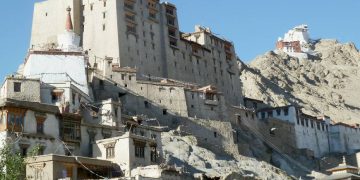

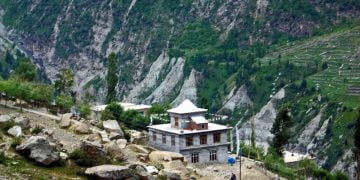
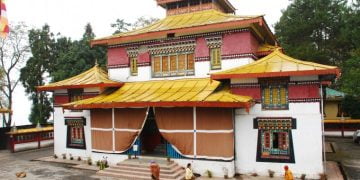

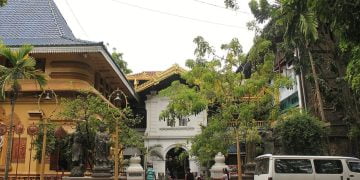
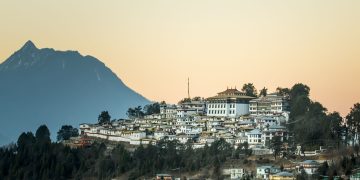
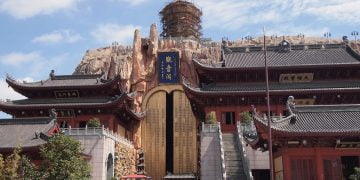
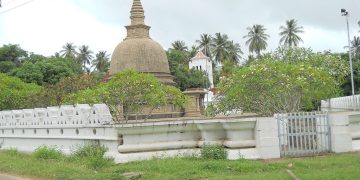
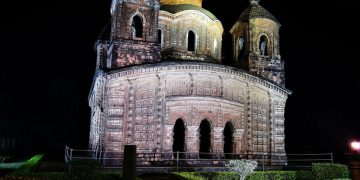
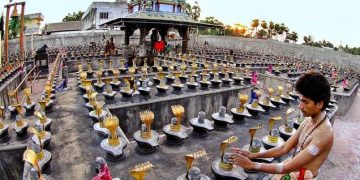

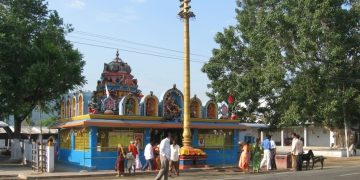
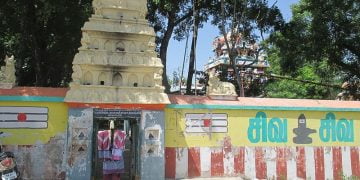
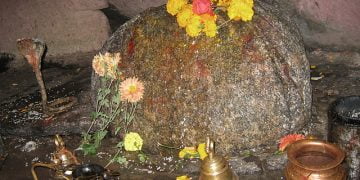
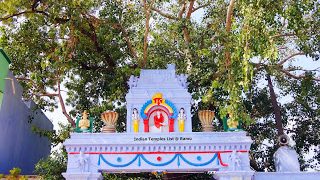
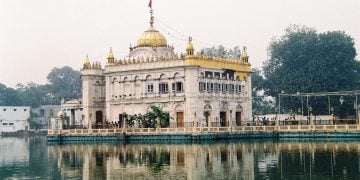
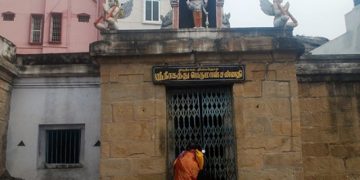
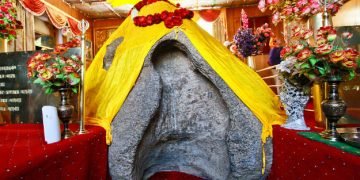
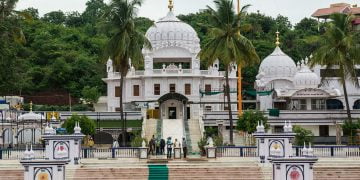

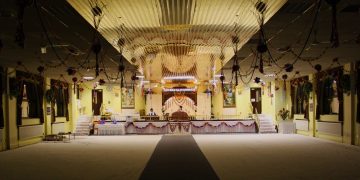
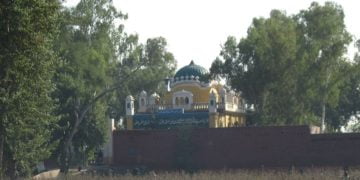
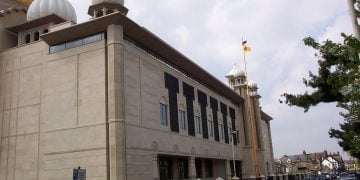
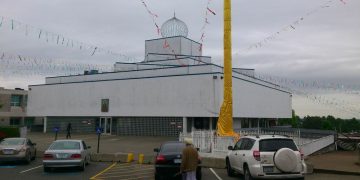
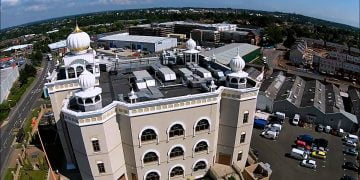
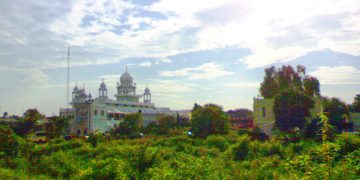
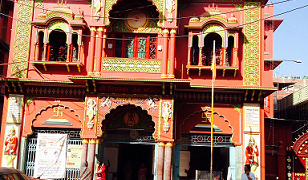
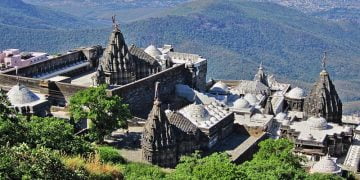
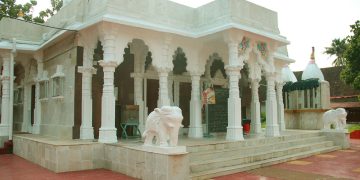
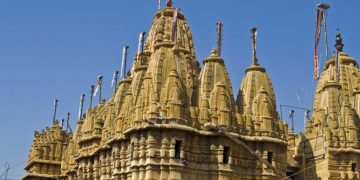
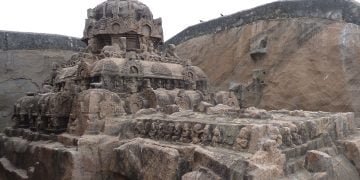
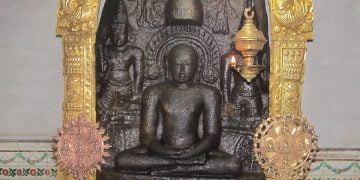
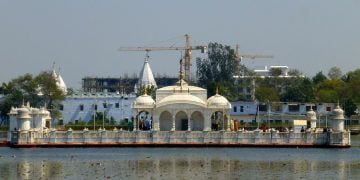

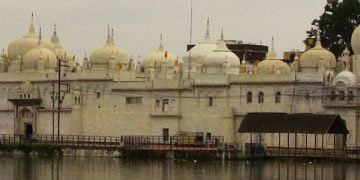

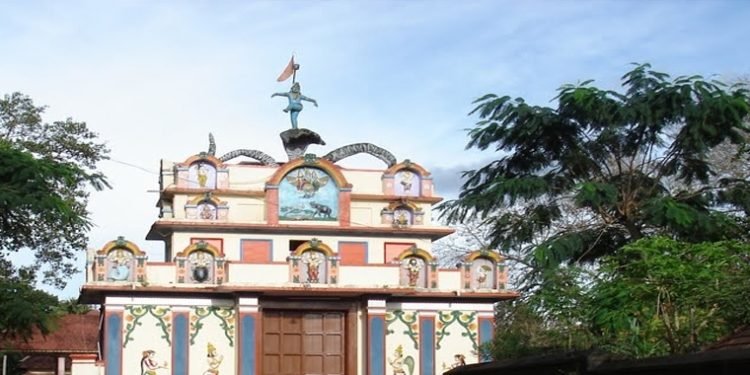

Discussion about this post